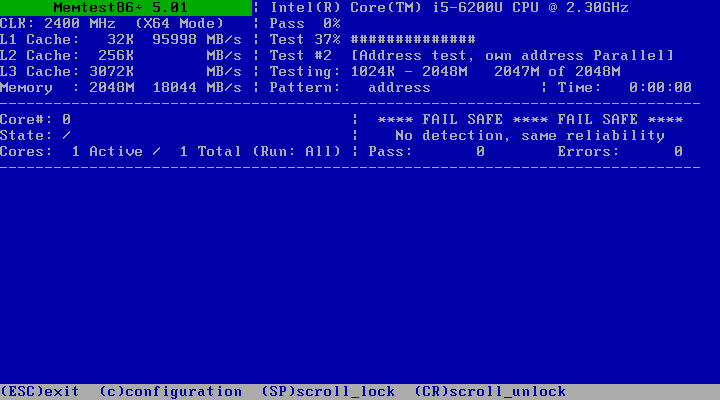

With a desktop interface, the easiest way to check the current RAM usage is to use the task manager. That’s why it’s important to keep an eye on your Raspberry Pi’s RAM usage. Recent models have options with up to 8 GB of RAM, but this isn’t the case for all models (most are limited to 1 GB or less). With 300+ predefined alert criteria, EventLog Analyzer can quickly identify security incidents and send real-time SMS or email notifications to the administrators.One of the main limitations of Raspberry Pi boards is the amount of memory available.

This will help you to take immediate action so that crucial processes can be continued.Ĭheck out how EventLog Analyzer can help you detect and resolve memory problems in the network. The solution offers real-time alerts and predefined reports for low diskspace, warning events, information events, etc.Ī log management solution can be configured to trigger an alert when the system is running out of memory. But this is a time-consuming process as the number of logs generated will be high.Īlternatively, you can use a comprehensive log management solution such as EventLog Analyzer, to centralize all your syslogs and automatically analyze them for better insights. You can manually group the processes and configure which process needs to be killed first and which crucial process needs to be kept running. However, executing grep command again needs memory so it is recommended to centrally store all your syslogs in a separate server and perform the analysis. You can manually analyze all the logs with the help of grep command and find out the cause of the memory issue. Memory issues can be resolved by analyzing the logs which are stored in the kernel log /var/log/kern.log or in the syslog /var/log/syslog location. Here are some examples of log data that denote memory issues

While troubleshooting memory issues, spotting such events are essential as they help you to understand what process caused the memory problem. The occurrence of such events indicates that the server killed the process intentionally to free up memory.

When a critical process is to be initiated and it requires more memory than what's available, the kernel starts killing processes, and records these events with strings such as "Out of Memory" in the log data. As a result, it kills the process that uses the most memory first. The primary objective of OOM killer is to kill the least number of processes while maximizing the memory space. The next response by the kernel would be to kill the process that takes a lot of memory.The OOM killer (Out Of Memory) is the mechanism that the kernel uses to recover memory on the system. When the RAM and the swap space are full, the server runs out of memory. The performance of a server depends on its memory too.


 0 kommentar(er)
0 kommentar(er)
